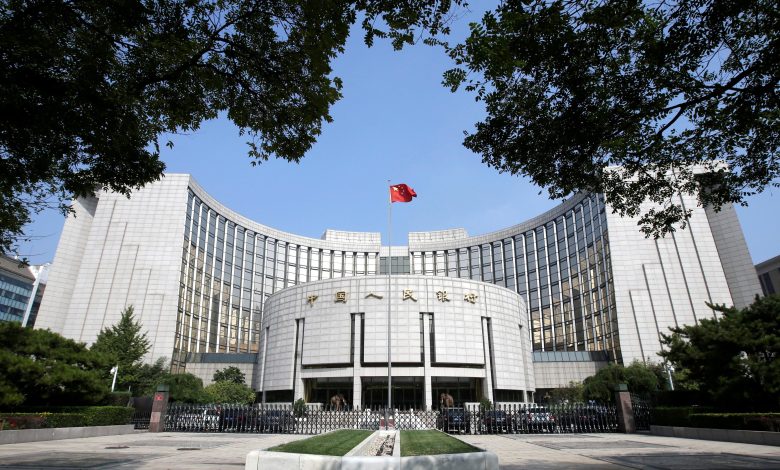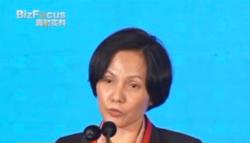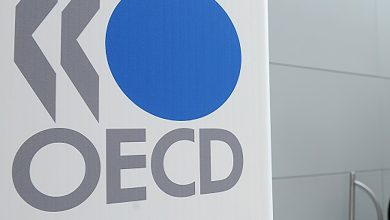China cuts another key interest rate to boost economy

CHINA’s central bank lowered the cost of its medium-term loans to banks on Wednesday (Sep 25) in a move consistent with broad policy easing measures announced a day earlier to shore up a flailing economy.
The People’s Bank of China (PBOC) said it cut the rate on 300 billion yuan (S$54.7 billion) worth of one-year medium-term lending facility (MLF) loans to some financial institutions to 2 per cent from 2.3 per cent.
The bid rates in Wednesday’s operation ranged from 1.9 to 2.3 per cent, and the total balance of MLF loans now stands at 6.878 trillion yuan, the central bank said in an online statement.
Financial News, a publication backed by the PBOC, said disclosing the bid rates for the first time showed differences in mid- and long-term funding needs among various financial institutions, in line with the central bank’s pledge to improve the transparency of monetary policy.
The MLF auction result was released ahead and separately from open market operations, the official newspaper noted, adding that it highlighted the difference from the seven-day reverse repo rate, which now serves as the main policy rate.
The move allowed “MLF to return to its positioning as a mid- to long-term liquidity tool”, the newspaper said.
BT in your inbox

Start and end each day with the latest news stories and analyses delivered straight to your inbox.
A batch of 591 billion yuan worth of MLF loans expired this month.
On Tuesday, Beijing unveiled its biggest stimulus since the pandemic to pull the economy out of its deflationary funk and back towards the government’s growth target.
“The partial rollover did not come as a surprise especially with the planned reserve requirement ratio cut,” said Frances Cheung, head of FX and rates strategy at OCBC Bank, referring to the central bank’s planned 50-basis-point cut to the amount of cash that banks must hold as reserves.
“Looking ahead, the window of opportunity is there for another RRR cut before year-end, given heavy MLF maturities in Q4.”
Cheung said the PBOC’s disclosure of the highest and lowest bids reflected “the intention to make this facility more driven by demand and to fade the role of the MLF rate as a policy guidance”.
Also, on the same day the PBOC injected another 196.5 billion yuan through 14-day reverse repos and left the interest rate unchanged at 1.85 per cent from the previous operation.
But analysts warned that much greater action would be needed given the headwinds China is facing – particularly in the property sector.
“China’s slew of monetary easing measures have done little to stimulate the economy in recent years,” China Beige Book’s Shehzad Qazi, said. “Rate cuts are no longer enough to boost growth in China,” he said.
“Beijing needs a more powerful household stimulus plan, and policymakers again disappointed on that front,” he added.
Stephen Innes, managing partner at SPI Asset Management, agreed that a proper stimulus was needed.
“We’ve seen plenty of property support measures this year, yet they’ve barely made a dent in the ongoing slump,” he wrote in a note.
“The (Chinese central bank’s) latest moves are promising, but it feels like we’re still waiting for the main event,” he said.
“It’s almost as if they’re trying to extinguish a fire with a flame-thrower.”
And on the streets of Beijing, some residents said they weren’t sure how much the new measures would help.
“I don’t think it will make me more optimistic about the economy,” said Hu Xianyao, managing director at a financial company. REUTERS, AFP





